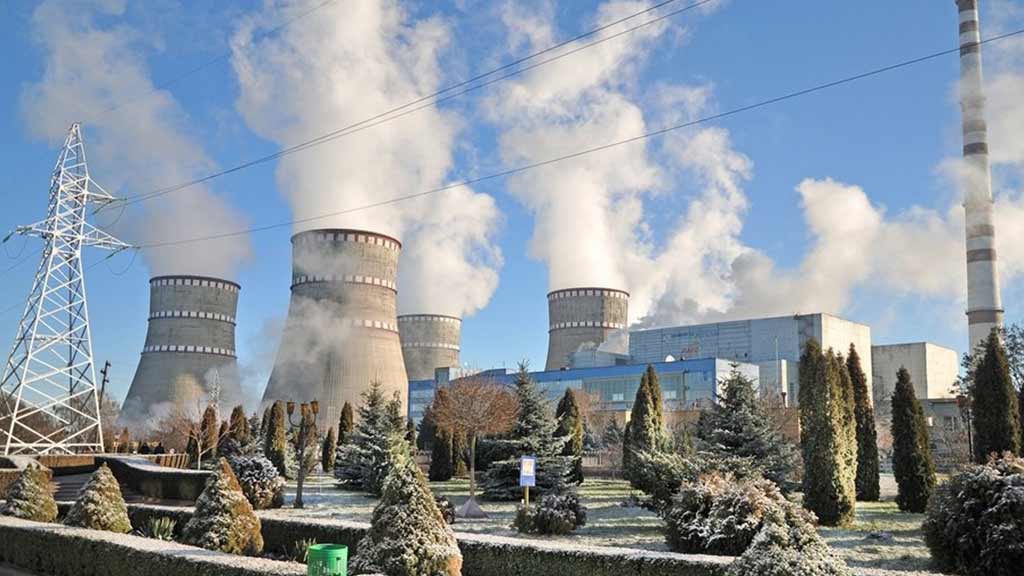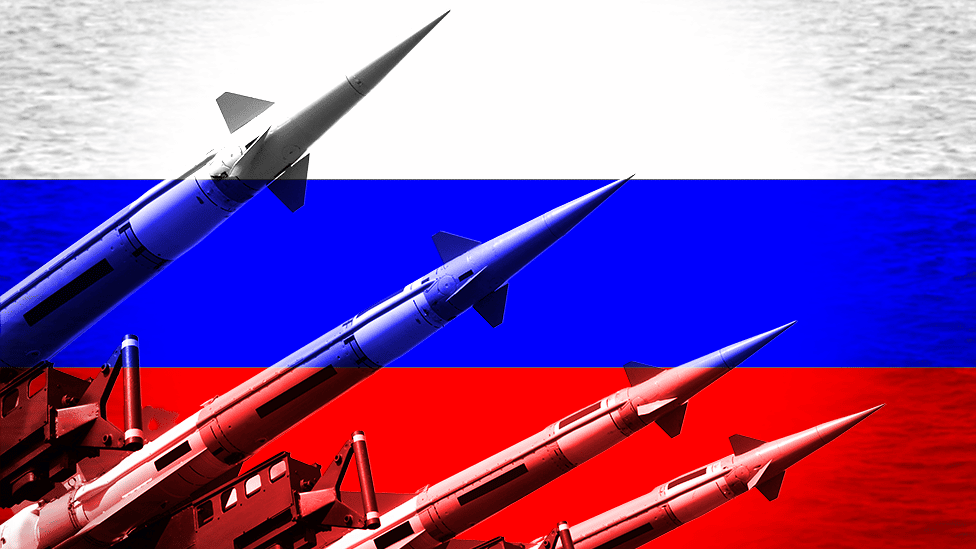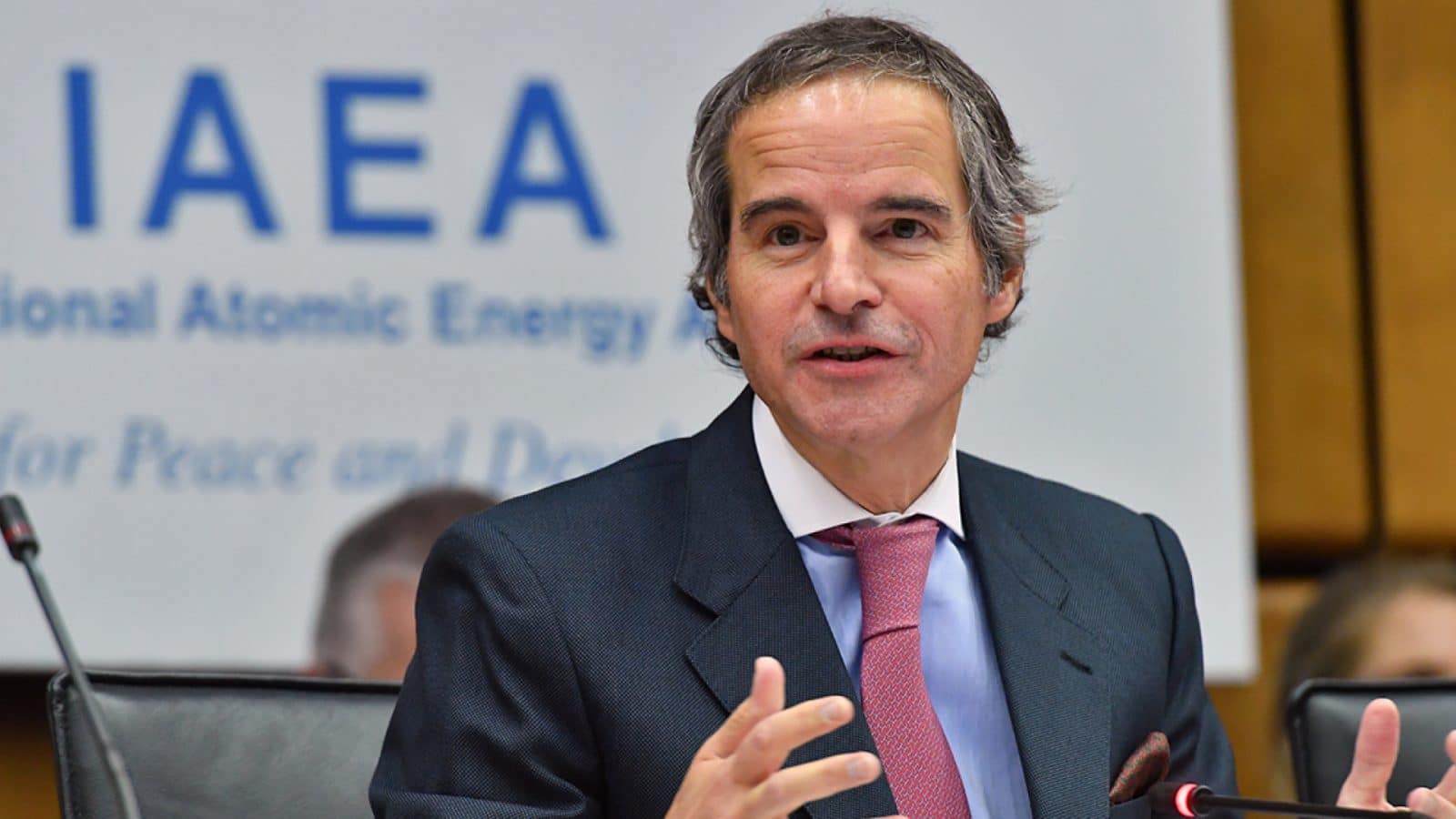Chornobyl, Fukushima, and the Kyshtym disaster. An experience that was not learned
The recent series of nuclear threats from Russia to the world, as well as the topic of a possible sabotage by Russian terrorists at the largest nuclear power plant in Europe, the Zaporizhzhia Nuclear Power Plant, have become key news stories in the global media.
According to spokesperson Matthew Miller of the US State Department, “The Russian leadership should carefully consider whether it wants to risk creating a nuclear catastrophe [at the NPP – ed.] because if it happens, the international community will definitely hold Russia accountable.”
On the other hand, the American Nuclear Society (ANS) recently stated that “Even the worst-case scenario at the Zaporizhzhia Nuclear Power Plant, including bombings and intentional sabotage of reactors and spent fuel storage containers, would not pose a radiological threat to the population.”
The author of the article as the First Deputy Chairman of the Special Parliamentary Commission investigating the causes and consequences of the world’s largest nuclear accident at the Chornobyl Nuclear Power Plant (1990-1991), and as the Minister of Environment and Nuclear Safety (1992-1998) is astonished by such definitive statements by ANS experts. Let him explain why.
As determined by the commission, the main cause of the Chornobyl catastrophe was not operator errors at the nuclear power plant, as claimed by Soviet propaganda, but rather design flaws in the RBMK-1000 reactors (high-power channel-type reactors). It is worth noting that the author of this new type of powerful reactor installations was the director of the Kurchatov Institute of Atomic Energy, Academician Aleksandrov, who asserted that “these reactors are so safe that they can be installed right on Red Square, near the walls of the Kremlin.” As a result, the RBMK-1000 reactors lacked a protective containment structure, and emergency instructions for the personnel were not developed because it was believed that reactor failure and especially a design-based accident were so unlikely that they remained only a hypothetical threat.
As it is known, the “hypothetical threat” on April 26, 1986, suddenly became the world’s worst nuclear catastrophe following the explosion of the fourth reactor at the Chornobyl Nuclear Power Plant.
The conclusions of the Special Commission were clear:
- The cause of the accident was safety flaws in the design of the reactor facility.
- The operators of the unit acted according to the instructions and therefore could not have caused the explosion.
- The absence of recommendations for the nuclear power plant personnel in the event of a design-based accident resulted in a series of tragic errors in the initial days of the cleanup efforts and led to the loss of lives.
The scale of this tragedy, which nuclear experts never even theoretically anticipated, is astonishing. In particular, the nuclear incident at the Chornobyl Nuclear Power Plant is equivalent to a nuclear explosion of 300 Hiroshima bombs or the simultaneous detonation of 300 tactical nuclear warheads. The radioactive cloud rose to a height of over 10 km and passed over most of Europe and the eastern part of the United States. Approximately 300,000 people were evacuated from contaminated areas, and about 600,000 individuals were affected by radiation exposure. Over 500,000 people, mostly military personnel, were involved in the cleanup efforts, which cost around $70 billion. Ukraine continues to experience long-term consequences of the catastrophe to this day.
See also: Words and actions of Rafael Grossi. Whom does the Director General of the IAEA serve?
Equally impressive was the second nuclear catastrophe in the world, which occurred in Japan in 2011 at the Fukushima-1 Nuclear Power Plant. This time, different, structurally more advanced water-cooled reactors were involved, which were built taking into account Japan’s seismic risks. Each reactor had a robust containment structure and automatically shut down the nuclear fission reaction in the event of an earthquake. However, just like in the case of the Chornobyl disaster, which Soviet scientists categorically denied the possibility of, Japanese nuclear experts and IAEA specialists never even theoretically considered the possibility of what happened at the Fukushima-1 Nuclear Power Plant.
A powerful earthquake and tsunami caused the failure of power supply systems, including emergency systems that powered the circulation pumps. As a result of the cooling system failure, three reactors exploded, and the core of the fourth reactor melted down. The increase in ionizing radiation levels led to the evacuation of approximately 154,000 residents. A vast amount of water contaminated with radionuclides was discharged into the Pacific Ocean during and after the catastrophe. This resulted in radioactive contamination of the traditionally high-intensity fishing areas, causing significant damage to the fishing industry. Even today, despite purification efforts, the water contaminated with radionuclides continues to be discharged into the ocean, leading to international disputes regarding the quality of seafood products from the affected zone.
And yet another major radiation accident, unforeseen by nuclear physicists but with equally striking consequences. An extraordinary situation occurred in 1957 at the Mayak Chemical Combine, located in the closed city of Chelyabinsk-40. It is known as the Kyshtym disaster. The explosion took place in a storage tank for radioactive waste generated during the production of Soviet nuclear weapons, following a failure of the cooling systems. Approximately 20 million curies of radioactive substances were released into the atmosphere at an altitude of 1-2 km. This resulted in the contamination of territories in three regions inhabited by 270,000 people.
During the cleanup and mitigation efforts, around 12,000 people were resettled, and buildings, property, and livestock were destroyed. Hundreds of thousands of military personnel were involved in the emergency operations. Their subsequent fate remains unknown.
Therefore, this list alone of unforeseen nuclear accidents and radiation catastrophes convincingly refutes the conclusions of experts from the American Nuclear Society regarding the safety of the Zaporizhzhia Nuclear Power Plant.
The neglect of the nuclear power plant’s pre-accident state and Russia’s control
However, what concerns the author the most is that in the analysis of the safety threats of nuclear power plants, a number of experts from Ukraine and the West completely overlook the fact that the nuclear power plant is already in a pre-accident state, the consequences of which cannot be predicted by any expertise. The point is that the power plant is controlled not by Ukraine but by Russian troops. It is a state that blatantly ignores international law and the principles of the IAEA regarding the safety of nuclear energy use. Russia is a terrorist state that dared to use weapons of mass destruction in the 21st century by blowing up the dam of the Kakhovka Hydroelectric Power Plant. This is a state that constantly threatens nuclear strikes not only against Ukraine but also against NATO member countries. Ultimately, this is a country that, despite having significant experience in nuclear technology development and the mitigation of large-scale nuclear and radiation disasters, seized control of the Chornobyl Nuclear Power Plant in February 2023 and forced its military personnel to dig fortifications in the area where in 1986 their own parents and grandparents, who participated in the accident’s cleanup, buried the most dangerous radioactive waste from the Chornobyl catastrophe. This Red Forest remains a powerful source of radioactive contamination to this day. Truly, as they say, “Russia cannot be understood with the mind”.
In this context, there is only one question that arises for all the experts who deny the possibility of a catastrophe at the Zaporizhzhia Nuclear Power Plant:
Do they realize their personal involvement in the fact that their “professional” conclusions, which deliberately downplay the scale of the consequences of an explosion at the nuclear power plant, not only undermine the determination of the West to counteract such a scenario but also encourage the deranged Kremlin’s dictator towards a nuclear cataclysm at the largest nuclear power plant in Europe?
Originally posted by Yuriy Kostenko on Glavcom.ua. Translated and edited by the UaPosition – Ukrainian news and analytics website
See also: Putin’s armageddon: where and why Russia may strike with nuclear weapons




